Cracked Black Pepper: The Bold Spice You Didn’t Know You Needed (Until Now)
If you've ever shaken some black pepper onto your scrambled eggs and thought, 'This is good, but maybe... bolder?', then cracked black pepper might just be your new kitchen MVP. It’s not just a seasoning—it’s a statement. In this article, we’re going to explore what cracked black pepper really is, how it differs from regular ground pepper, and why you should consider upgrading your spice game today.
Table of Contents
- What Is Cracked Black Pepper?
- The Big Difference Between Ground & Cracked Pepper
- 5 Ways to Use Cracked Black Pepper Like a Pro
- Flavor Profile: What Does It Taste Like?
- A Dash of History: Where Did It Come From?
- How to Store It Like a Champion
- Myth-Busting: Common Misconceptions About Pepper
- Health Benefits That’ll Make You Reach for the Grinder
- Final Thoughts: Why Cracked Pepper Is Worth the Crush
What Is Cracked Black Pepper?
Let’s start at the beginning—because even seasoned cooks sometimes mix up their peppercorns.
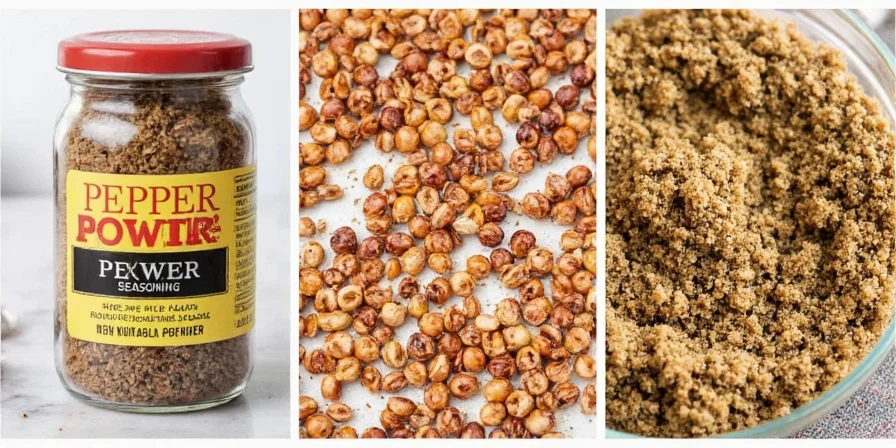
Cracked black pepper is exactly what it sounds like: whole black peppercorns that have been roughly crushed or cracked. Unlike finely ground pepper, which has a uniform consistency, cracked pepper still has chunks and bits that deliver a powerful flavor punch when bitten into.
It’s often used in dishes where you want that rustic, bold presence of pepper without the grit of whole peppercorns. Think steaks, stews, soups, or even artisan breads!
The Big Difference Between Ground & Cracked Pepper
At first glance, they may look similar. But trust us—they're worlds apart. Here's a quick comparison:
| Feature | Ground Black Pepper | Cracked Black Pepper |
|---|---|---|
| Texture | Fine powder | Mixed chunky texture |
| Flavor Release | Quick and immediate | Gradual burst upon chewing |
| Use Cases | Sauces, marinades, baking | Steaks, rubs, finishing touch |
| Shelf Life | Shorter due to surface area | Longer freshness |
| Visual Appeal | Smooth and invisible | Rustic and noticeable |
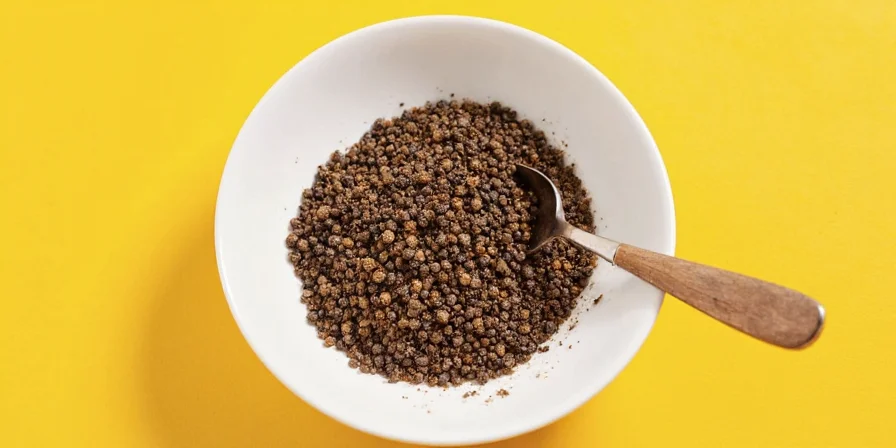
So while ground pepper is great for blending in seamlessly, cracked pepper is all about making a statement—with every bite.
5 Ways to Use Cracked Black Pepper Like a Pro
You don’t need to be a Michelin-starred chef to enjoy cracked black pepper like a culinary artist. Here are five simple ways to bring that bold kick into your everyday meals:
- As a Steak Rub: Mix with sea salt and olive oil for a killer steak seasoning. Let it sit for 30 minutes before grilling for deeper flavor penetration.
- In Burger Patties: Fold into the meat mixture before shaping for a surprise pop of heat in every bite.
- On Roasted Vegetables: Sprinkle over roasted broccoli, cauliflower, or Brussels sprouts for an earthy-spicy contrast.
- In Pickling Liquids: Add depth and warmth to homemade pickles. Great for dill pickles, onions, or even hot peppers.
- As a Finishing Touch: Grind over creamy pasta, mashed potatoes, or even popcorn for that rustic flair.
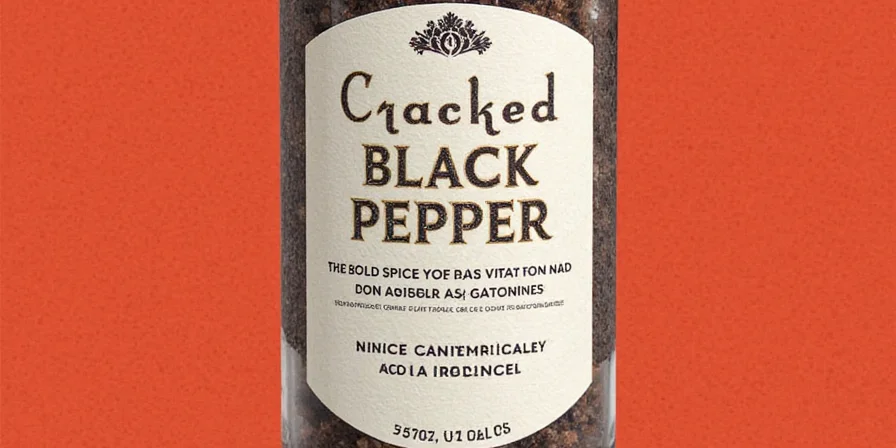
Flavor Profile: What Does It Taste Like?
If black pepper were a personality, it would definitely be the spicy extrovert who adds flavor wherever they go.
The main compound responsible for black pepper’s punch is piperine. It gives that sharp, slightly woody, and earthy-hot sensation. Compared to white or green pepper, black pepper (especially cracked) offers the most balanced and versatile flavor profile.
Here's a breakdown of the flavor notes you can expect from cracked black pepper:
- Earthy: A grounding base note reminiscent of soil after rain.
- Woody: Think of warm, toasted wood shavings or freshly cut pine.
- Pungent: Sharp and assertive, especially when freshly cracked.
- Peppery Heat: Not as fiery as chili, but enough to make your nose tingle and eyes water if you’re too close.
A Dash of History: Where Did It Come From?
Black pepper didn't earn the nickname “King of Spices” for nothing. Native to South India, specifically the Malabar Coast, black pepper has been a prized commodity for thousands of years.
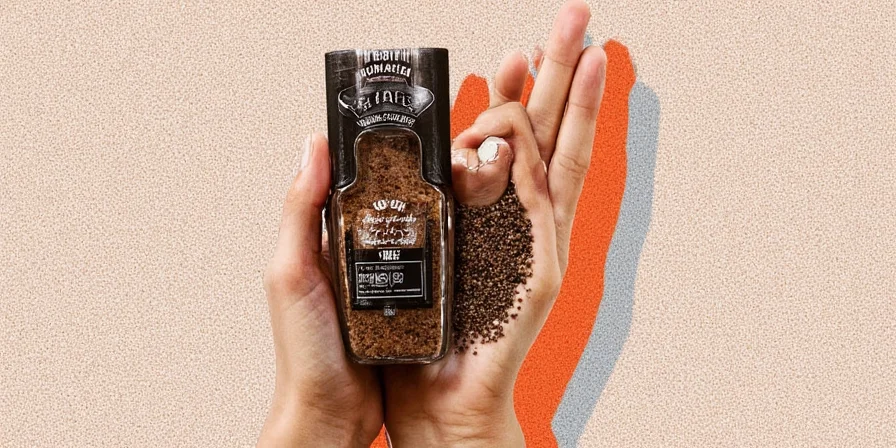
Historically, it was used not only in food but also in medicine, religious ceremonies, and even as currency. Ancient Romans used it extensively, and during the Middle Ages, it was worth its weight in silver.
Today, cracked black pepper continues that legacy—not by being a literal treasure, but by turning the ordinary into the extraordinary.
How to Store It Like a Champion
Want to keep your cracked black pepper fresh and fragrant? Follow these pro tips:
- Use an airtight container to protect against moisture and oxidation.
- Store in a cool, dark place—like a pantry or cupboard. Avoid direct sunlight.
- Don’t refrigerate, unless in a very humid climate. Otherwise, condensation can ruin the spice.
- Buy whole peppercorns and crack them yourself for maximum freshness. Once cracked, store in a sealed jar.
- Label and date your spices—they’re best within one year of cracking.
Myth-Busting: Common Misconceptions About Pepper
We’ve all heard myths swirling around pepper like steam from a boiling pot. Let’s clear up a few:
- Myth #1: All Peppers Are Created Equal
Truth: Different types of pepper (black, white, green, pink) come from the same plant (Piper nigrum) but are harvested and processed differently. Each has its own unique flavor profile. - Myth #2: Pepper Spoils Quickly
Truth: Whole peppercorns can last for years if stored properly. Once cracked or ground, they lose potency faster. - Myth #3: Pepper Causes Stomach Ulcers
Truth: While excessive consumption can irritate sensitive stomachs, moderate use of black pepper is generally safe and even beneficial. - Myth #4: More Pepper Equals More Flavor
Truth: Like any spice, balance is key. Too much cracked pepper can overpower other flavors.
Health Benefits That’ll Make You Reach for the Grinder
Black pepper isn’t just tasty—it comes packed with perks:
- Boosts Nutrient Absorption: Piperine enhances the absorption of nutrients like curcumin, selenium, and B-vitamins.
- Anti-inflammatory Properties: Helps reduce inflammation in the body, potentially easing arthritis symptoms.
- Antioxidant Powerhouse: Rich in antioxidants that combat free radicals and oxidative stress.
- May Improve Digestion: Stimulates hydrochloric acid production, aiding digestion and preventing gas and bloating.
- Supports Brain Health: Some studies suggest piperine may enhance memory and cognitive function.
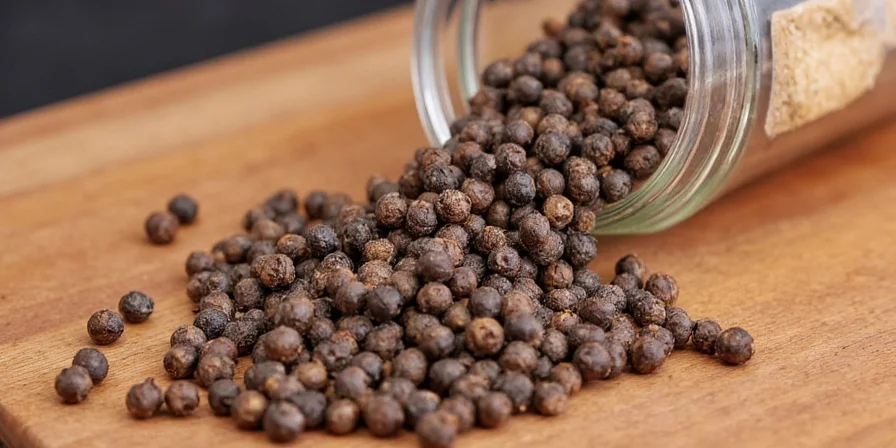
Final Thoughts: Why Cracked Pepper Is Worth the Crush
Cracked black pepper is more than just a coarser cousin of ground pepper. It brings character, complexity, and a satisfying crunch to your plate. Whether you’re a home cook looking to impress or a foodie chasing that next flavor rush, cracked black pepper deserves a permanent spot on your spice rack.
Remember, pepper isn’t just a topping—it’s a flavor foundation. So next time you reach for the grinder, give cracked black pepper a chance to steal the show.
And now that you know what cracked black pepper is—and how to use it—you’re officially ready to upgrade your kitchen arsenal. Stay spicy, friends.
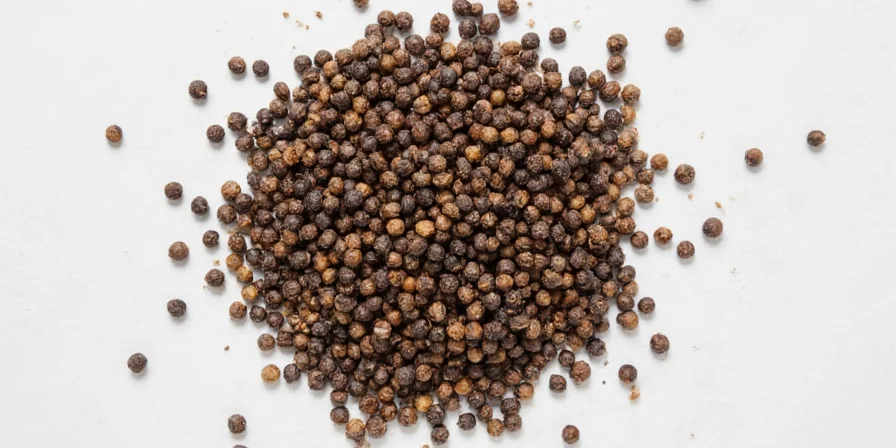

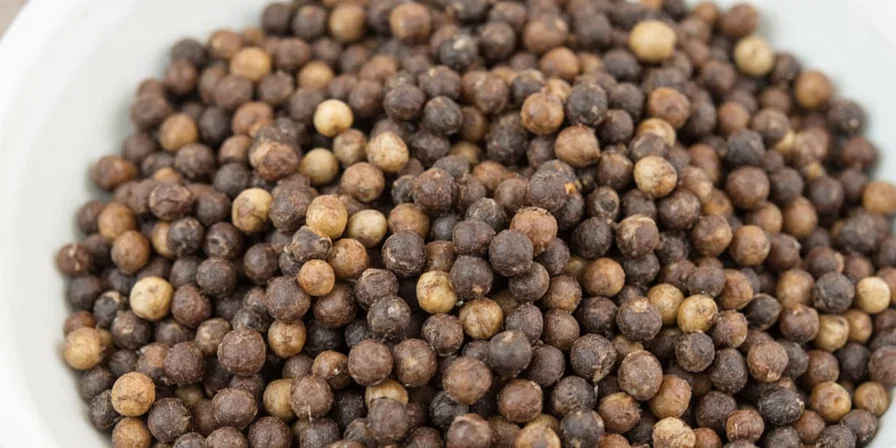









 浙公网安备
33010002000092号
浙公网安备
33010002000092号 浙B2-20120091-4
浙B2-20120091-4